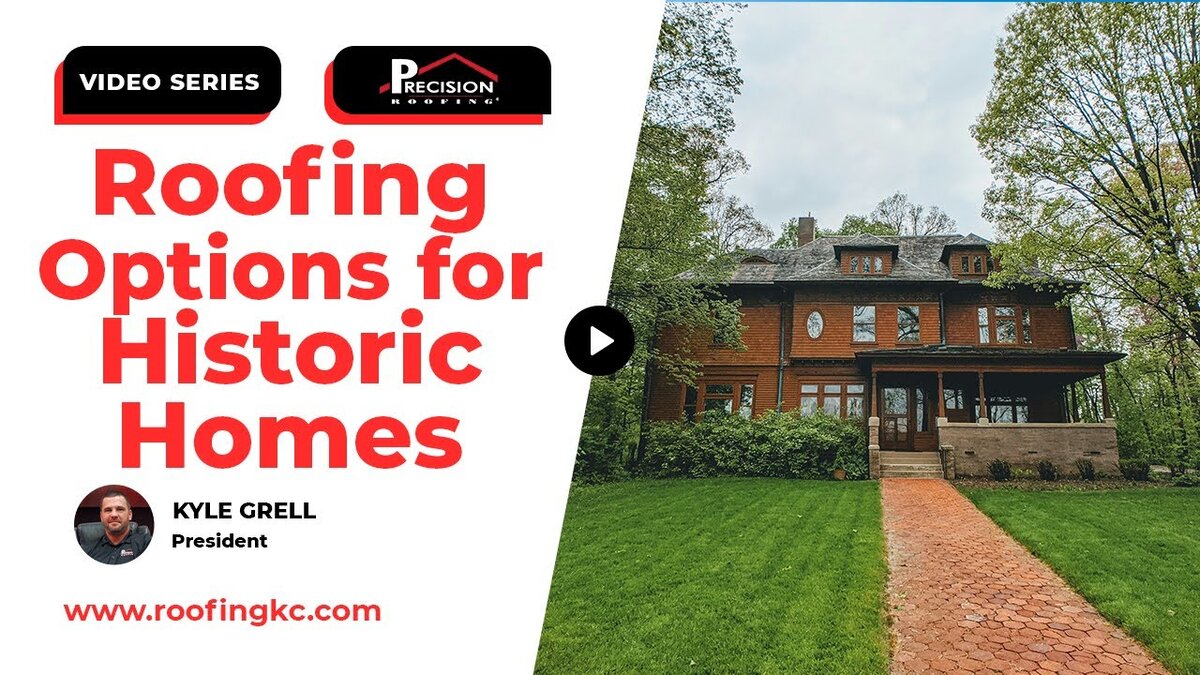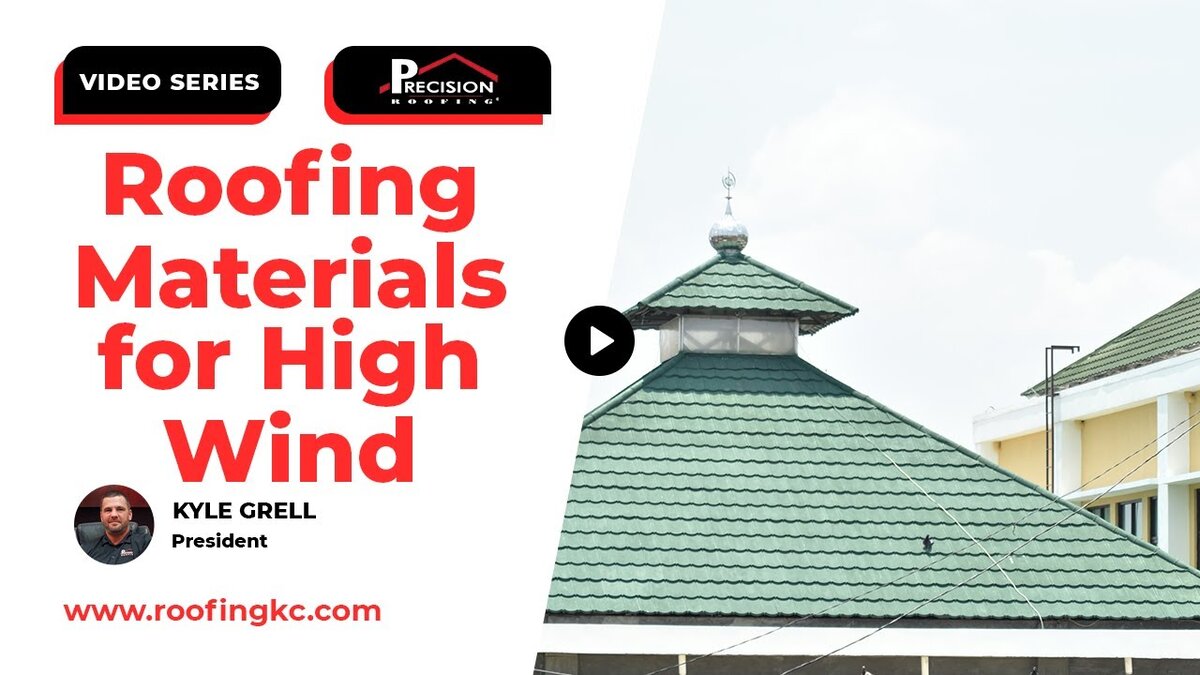Storms can cause serious damage to your home with little warning. From missing shingles to major roof issues, the cost of repairs can add up quickly. That’s why it’s important to understand your homeowners insurance coverage for storm damage before problems arise. Knowing what your policy includes can help you avoid unexpected expenses and delays during the repair process.
Key Terms: ACV vs. RCV Coverage
Two important terms to understand when reviewing your homeowners insurance policy are Actual Cash Value (ACV) and Replacement Cost Value (RCV). These coverage types determine how much money you’ll receive when you file a claim for storm damage repairs.
What is ACV?
ACV stands for Actual Cash Value. This type of coverage accounts for depreciation. Let’s say your roof is 10 years old, and the total cost of replacing it is $10,000. With ACV coverage, the insurance company may subtract $3,500 for depreciation, leaving you with $6,500 to cover the repairs. This means you’ll likely need to pay a significant portion out of pocket.
What is RCV?
RCV stands for Replacement Cost Value. This coverage provides the full cost to replace the damaged part of your home, minus your deductible. Using the same example, if your roof replacement costs $10,000 and you have RCV coverage, you’ll receive the full $10,000 minus your deductible, ensuring you’re not left with a hefty out-of-pocket expense.
Understanding these terms is crucial when selecting or updating your insurance policy. We always recommend homeowners meet with their insurance agent regularly to stay informed about changes to their coverage.
Role of the Roofing Contractor
As roofing contractors, we work closely with homeowners during the storm damage repair process. Once you file a claim, we can step in to help with the paperwork and guide you through every step. Here’s how we assist:
- Estimate Preparation: We provide a detailed estimate of the repair costs.
- Claim Assistance: We communicate with your insurance company to ensure they understand the extent of the damage.
- Deductible Clarification: We help you understand what portion of the costs will be covered by insurance and what you’ll need to pay out of pocket.
While we can’t change your policy after the storm hits, we can make the process smoother and ensure you get the maximum coverage allowed.
Proactive Measures for Homeowners Insurance
Being proactive about your insurance policy can save you from unexpected surprises when you need to file a claim. Here are a few tips:
1. Schedule Regular Policy Reviews
- We recommend meeting with your insurance agent every other year to review your policy. Insurance companies frequently update their terms, and these changes can impact your coverage.
2. Understand Lower Premiums
- If your insurance premium decreases, it might mean reduced coverage. Always ask your agent why your rates have changed and ensure you’re not sacrificing essential protection.
3. Stay Informed About Deductible Changes
- Some insurance companies are shifting to deductibles based on a percentage of your home’s value. This can lead to much higher out-of-pocket costs. For example, if your home is valued at $500,000 and your deductible is 5%, you’d need to pay $25,000 before insurance kicks in. Knowing this in advance can help you plan better.
Common Insurance Exclusions
Not all storm damage is covered by insurance. Some common exclusions homeowners should be aware of include:
Cosmetic Endorsements
If you have a metal roof and it sustains minor dents or dings from hail, your insurance company might not cover it if they deem the damage to be purely cosmetic. While the roof may still function properly, it might not look as good, and repairs won’t be covered unless the damage impacts performance.
High Deductibles
As mentioned earlier, some policies have deductibles based on a percentage of your home’s value. This can result in very high deductibles that make smaller repairs unaffordable through insurance. Always check your deductible calculation when your policy is up for renewal.
Steps to Take After Storm Damage
If your home sustains damage after a storm, follow these steps to ensure a smooth repair process:
- Document the Damage: Take clear photos and videos of all affected areas.
- Contact Your Insurance Company: Notify them immediately and begin the claims process.
- Call a Trusted Roofing Contractor: We can assess the damage, provide an estimate, and guide you through the insurance process.
- Keep Records: Maintain copies of all correspondence with your insurance company and contractor.
In Summary
Understanding your homeowners insurance coverage for storm damage repairs is key to protecting your home and your finances. Familiarize yourself with terms like ACV and RCV, review your policy regularly, and stay on top of changes in deductibles or exclusions. When storm damage occurs, we’re here to help you through the process from start to finish.
If you have questions about insurance coverage for storm damage or need assistance with repairs, contact us today. We’re here to help restore your home to its best condition.




